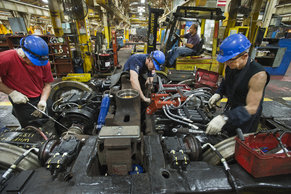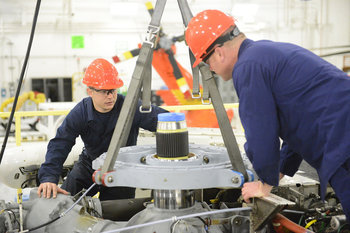Defect or Design Flaw
Fixing a defect or design flaw is a capital improvement. For example, fixing a building that isn't properly insulated or that contains toxic components that need to be removed to improve indoor air quality.Addition & Expansion
Making structures or land improvements physically bigger. For example, an addition to a house.Capacity & Efficiency
Increasing the productive capacity or efficiency of an asset. For example, increasing the power capacity of a data center with a solar power system.Rebuilding & Life Extension
Increasing the useful life of a fixed asset. For example, replacing the engine of a truck.Replacement
Replacing a major component such as an elevator in a building.Adaptation
Adapting a fixed asset to a new use. For example, renovations to convert a home into a short term rental property.Capitalization Limit
Firms may choose a capitalization limit whereby any capital spending below a fixed dollar amount is expensed. Likewise, tax authorities may set a capitalization limit for small businesses that don't have audited financial statements. Any capital spending below this capitalization limit is expensed. For example, if your capitalization limit is $2500 and you replace an air conditioner for $2000, it is expensed. Firms must pick a capitalization limit before applicable spending occurs and apply it consistently.Capital Improvement vs Routine Maintenance
Routine maintenance is any spending that you can reasonably expect to incur multiple times over the lifespan of a fixed asset. For example, painting the walls in an office or home. The following chart illustrates the difference between capital improvement and routine maintenance.Capital Improvement | Routine Maintenance | |
Frequency | One Time | Repeating |
Result | Fix DefectExpandIncrease CapacityImprove EfficiencyIncrease ValueIncrease LifespanAdapt to New Use | Repair DamageMaintain |
Tax Treatment | If above capitalization limit, cost is deprecated over useful life. If below capitalization limit, cost is expensed. | Expensed |



























